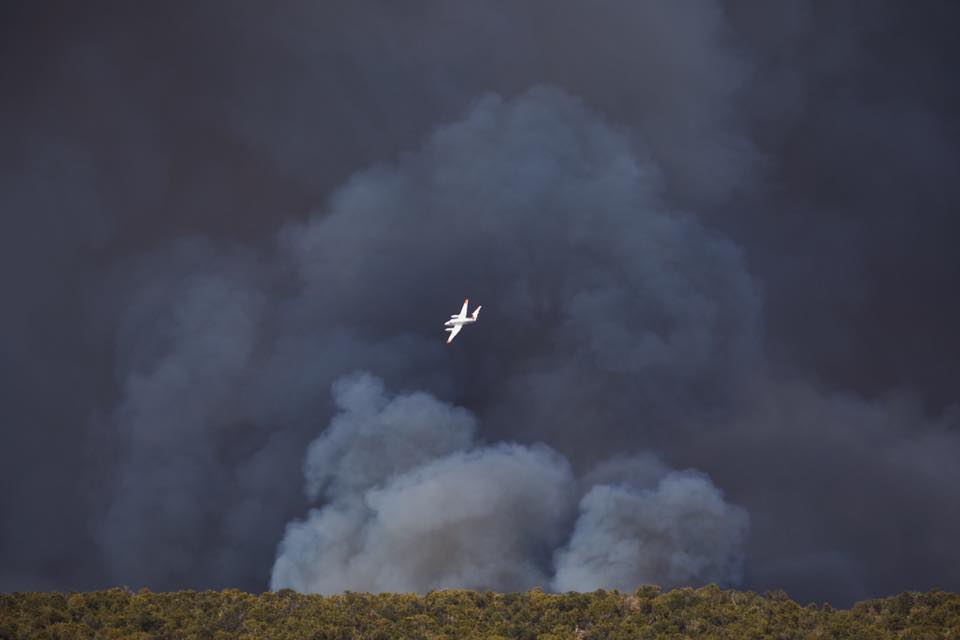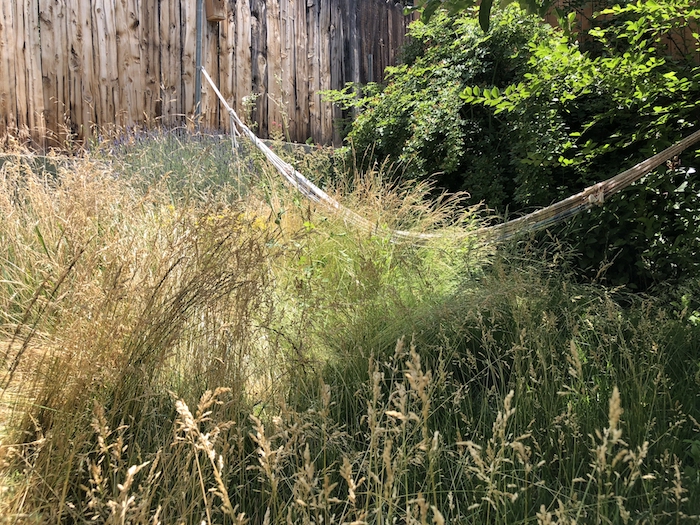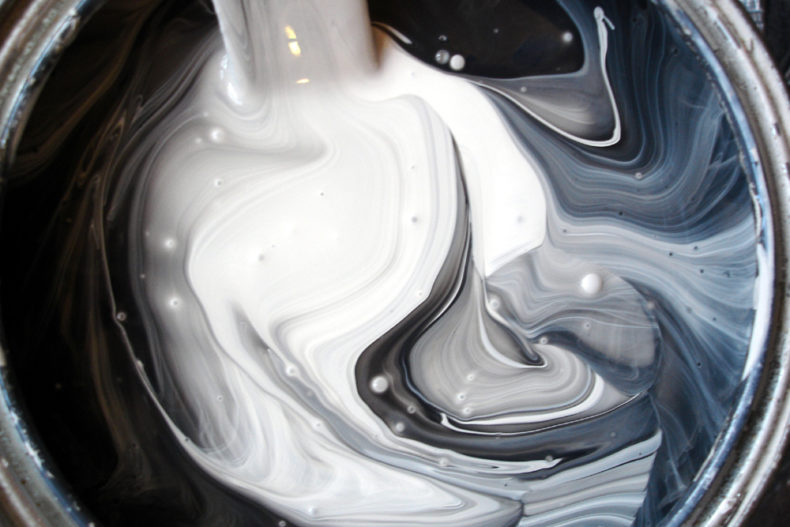 We’ve been living in a tinderbox, precipitation at an all-time low, summer temperatures unusually high, snowpack paltry. The ground feels as if it’ll ignite just from looking at it.
We’ve been living in a tinderbox, precipitation at an all-time low, summer temperatures unusually high, snowpack paltry. The ground feels as if it’ll ignite just from looking at it.
A few days ago a blaze started near Basalt, Colorado, a couple rivers east of where I live, forcing rapid evacuations. It started from tracer bullets at a shooting range that was suppose to be closed due to fire danger, and jumped to almost 5,000 acres overnight. Meanwhile, the Spring Fire on the other side of the Continental Divide has topped 100,000 acres, now the third largest fire in Colorado history, spreading at 16 acres a minute.
Some fires have been burning closer to me, close enough I think about my journals and photographs. One started by a lightning strike ten miles from where I live and topped out at 1,500 acres. Another fire five miles away (pictured above) blackened almost 500 acres, drawing slurry bombers and fire crews before rain accidentally put it out. As much as I fear these fires, there’s something undeniably alluring about them. At times, I feel like cheering them on.
Last week I took my kids to a mountain theme park in nearby Glenwood Springs, and the park was being evacuated, one helicopter with a nozzle and one with a swinging bucket taking turns putting out something burning behind a ridge. Apparently, some nimrod had dragged a couch into the woods, fell asleep on it with his cigarette burning, and started a fire. That’s how a blaze can start that goes for weeks, dreaded uncontainment, hundreds of homes lost, possibly the lives of firefighters. Helicopters were stamping out the spark like boots on smoking grass.
Most summers in the West you have to make peace with smoke from wildfires always burning somewhere, but this summer in Colorado is grandstanding. The other day driving into the mountains near where I live, I watched magnificent plumes of pyrocumulus clouds rise from a pair of converging fires pushing 57,000 acres in southwest Colorado near Durango. Continue reading →



 This summer, I decided not to cut the grass in my backyard. I’ve long argued for letting a little more wildness into our gardens, but the cult of the lawn is a powerful cultural force and for years I, like most of us, have conformed and kept the back lawn mown.
This summer, I decided not to cut the grass in my backyard. I’ve long argued for letting a little more wildness into our gardens, but the cult of the lawn is a powerful cultural force and for years I, like most of us, have conformed and kept the back lawn mown. 
 We’ve been living in a tinderbox, precipitation at an all-time low, summer temperatures unusually high, snowpack paltry. The ground feels as if it’ll ignite just from looking at it.
We’ve been living in a tinderbox, precipitation at an all-time low, summer temperatures unusually high, snowpack paltry. The ground feels as if it’ll ignite just from looking at it.